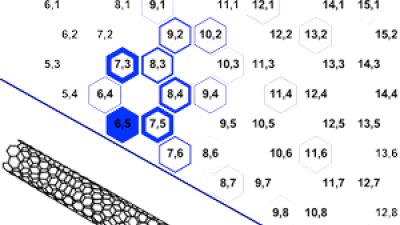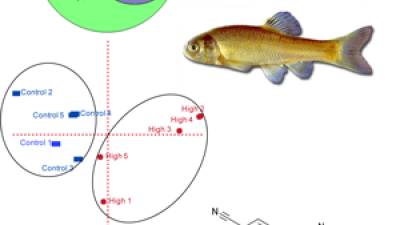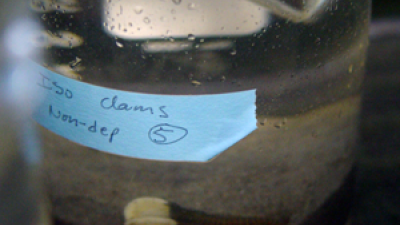Research in the Environmental Analytical Chemistry Laboratory is focused on development of novel methods for trace analysis of organic and nanoparticulate contaminants in the aquatic environment. Specifically, we utilize high performance mass spectrometry techniques (e.g. UHPLC-Orbitrap MS/MS) to detect, identify, and quantify emerging contaminants (including endocrine disruptors, pharmaceuticals, and surfactants) in wastewater and drinking water. Another significant research thrust involves the development of sensitive trace analytical techniques for quantifying and characterizing single-walled carbon nanotubes in water, sediment, and aquatic organism tissues. For this work, we employ near infrared fluorescence spectroscopy (NIRF) as a primary tool for resolving these novel nanoparticulate contaminants in highly complex environmental mixtures.
The analytical methods developed in our laboratory (for both nanoparticles and organic contaminants) are applied to both process-oriented environmental chemistry experiments in the field and laboratory as well as to toxicity bioassays (including whole-organism assays and molecular endpoints). The overarching goal is to gain an increased understanding of how emerging contaminants are transported, transformed and induce deleterious effects within aquatic ecosystems. Some of our ongoing research projects are summarized here.


